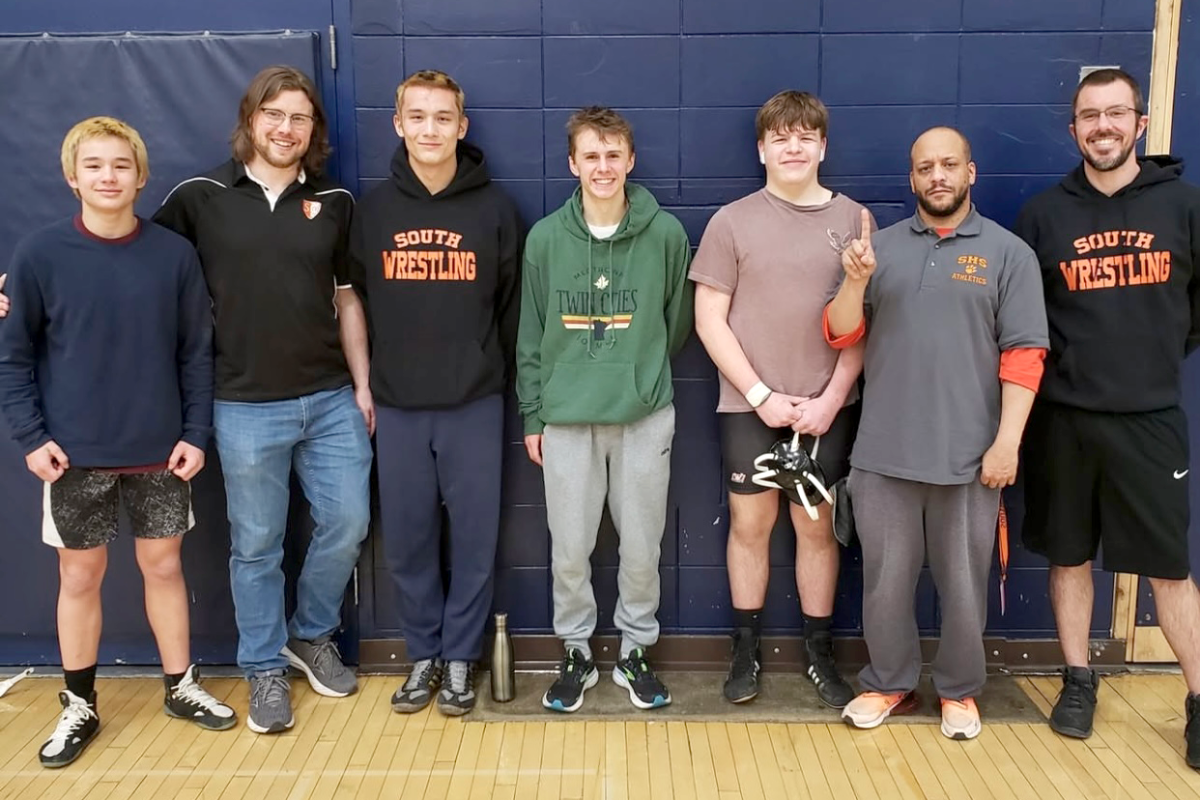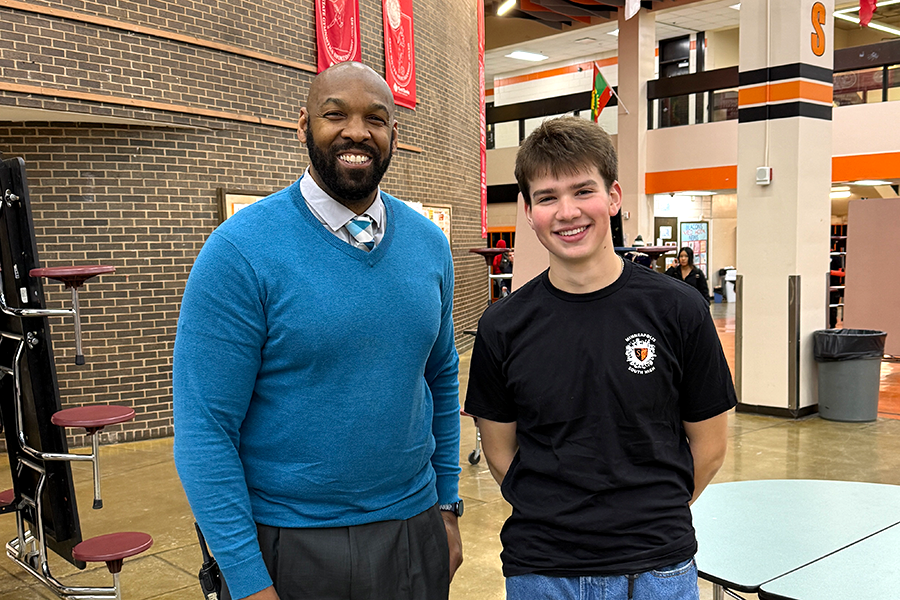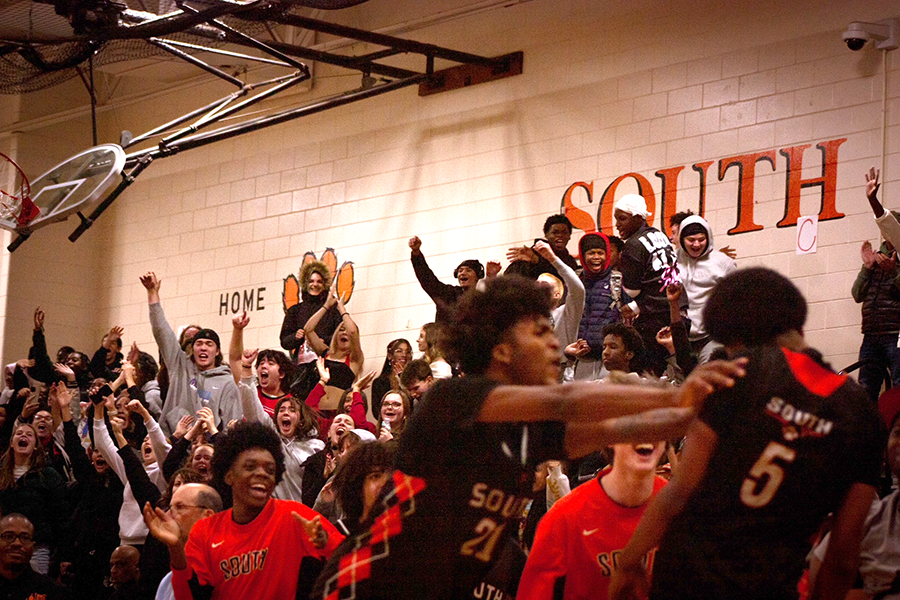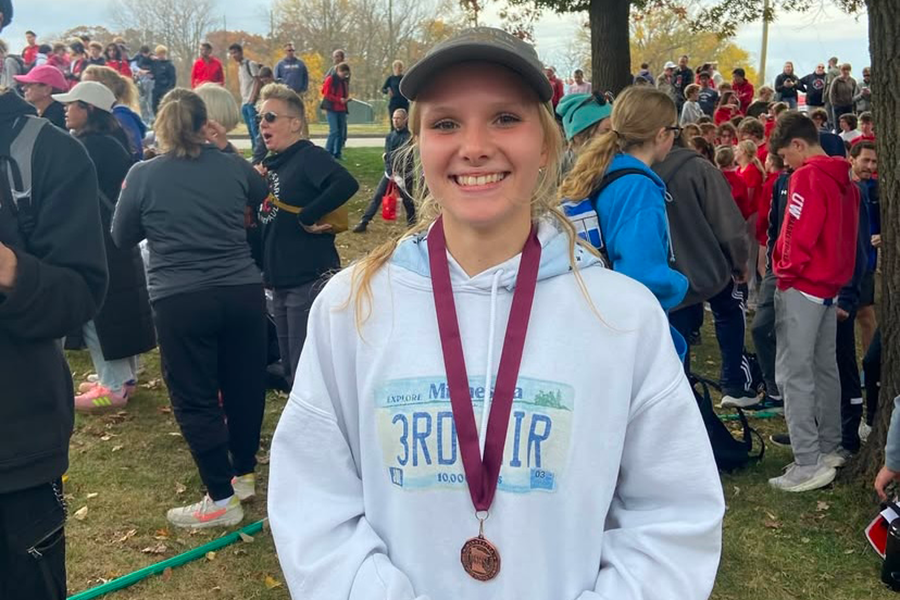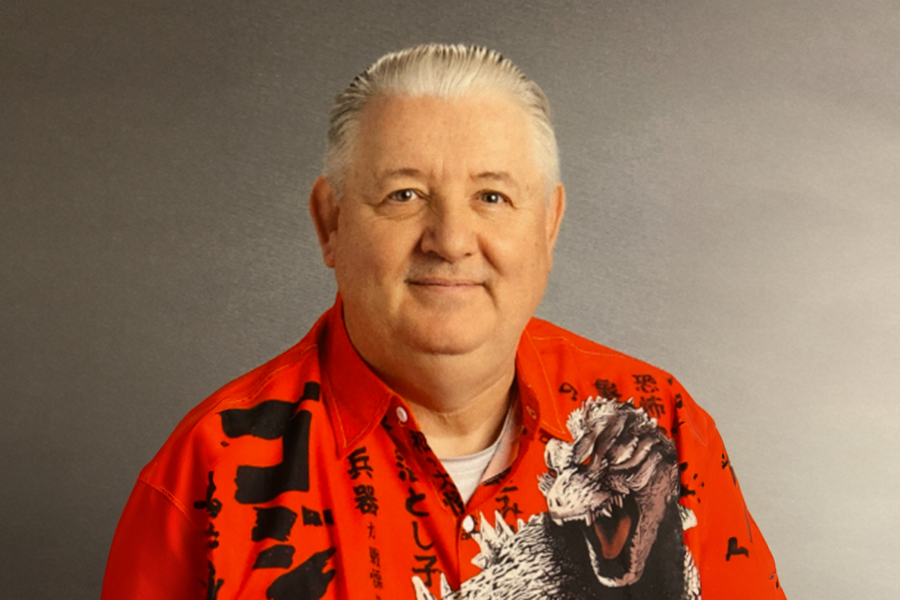Last June, countless people across the United States gathered together in celebration of a turning point in women’s and athletic history: the anniversary of the passing of Title IX and the movement towards equal opportunity for females in sports. This had an undeniably positive impact for women by making it acceptable to be female, an athlete, and a leader. Although this amendment was and is life changing for millions, it has also had unintended consequences.
Sophomore Michael Gutierrez was the first male ever to make the South High Dance team. “I just wanted to be the first guy on the team, you know?” Gutierrez said. He practiced for a week before Lynn Heldt, the Athletic Office Secretary, told him he was ineligible for dance team because it was a female-only sport.
“I just wish they would’ve told me sooner,” Gutierrez added.
The Minnesota State High School League (MSHSL) is the association that is in charge of almost every sporting event and rule in Minnesota. The current law in the MSHSL Official Handbook under section 121A.04 confirms that girls are allowed to participate boys’ teams while boys are prohibited from participating on girls’ teams.
This law would seem to be in direct violation of Title IX’s ruling that “no person in the United States shall, on the basis of sex, be excluded from participation in …any activity receiving federal financial assistance” by excluding males from participation in some sports that are only offered for females.
Kevin Merkle, associate director of the MSHSL, agreed there is a contradiction. “It’s actually a law that girls can go out for boys’ sports but boys can’t go out for girls’ sports.” According to Merkle, the law’s initial purpose was to recognize the lack of opportunity in sports for females and, with the same intentions of Title IX, provide equal opportunities for women.
The MSHSL’s law has helped generate participation by women in sports like wrestling, football, and baseball, but according to the National Women’s Law Center (NWLC), girls make up only 41% of high school athletes while boys still dominate with 59% total participation in high school sports. The NWLC alleges that this still “implies a lack of equal opportunity in high school athletics” and attributes this lack of participation to the inadequate media coverage of women’s sports compared to men’s sports worldwide.
“Volleyball is actually super fun,” remarked junior Eamonn Casey, a participant in South’s Iron Man men’s volleyball tournament. This volleyball tournament is facilitated by the South women’s volleyball team, and gives boys at South a chance to play a sport that is usually strictly female.
Junior Halen Sidla, another excited Iron Man participant, added that “if guys were allowed to play volleyball, and my friends did it, I might play.” Unfortunately for any boys who want to participate in volleyball or any other girls’ sport, they aren’t allowed.
Gutierrez was disappointed about not being allowed to join the dance team. “I was encouraged to do it, went to rehearsals, learned my audition really well, tried out, made the team, and after all that I wasn’t allowed to participate,” said Gutierrez. Gutierrez is an example of how this equalizing law had unforeseen consequences.
“If I would’ve known and I was allowed to, I would’ve done dance team since freshman year,” said Gutierrez. “I just wanted to try something new. It wouldn’t have hurt anybody”.
It’s clear that there is still some work to be done to achieve equality in participation of sports. Title IX and the MSHSL ruling have positively impacted the lives of countless women and made enormous strides in the effort to achieve this this goal of equality. Yet there are exceptions in which these laws have negatively impacted lives.


